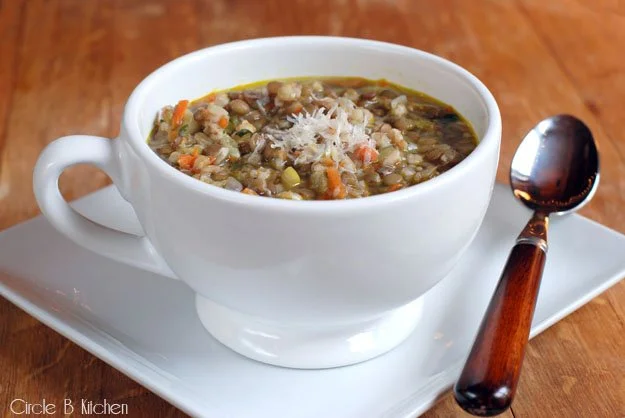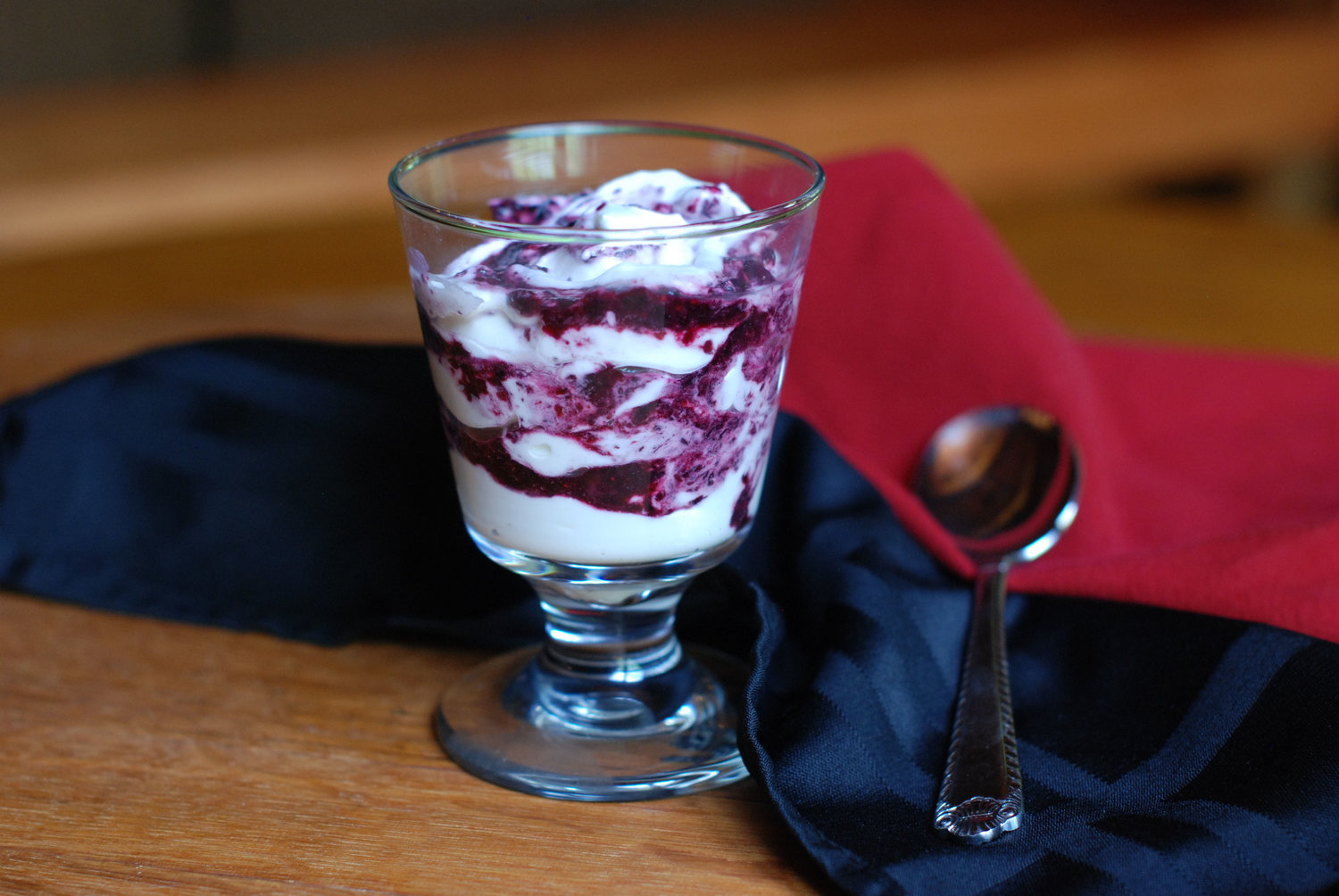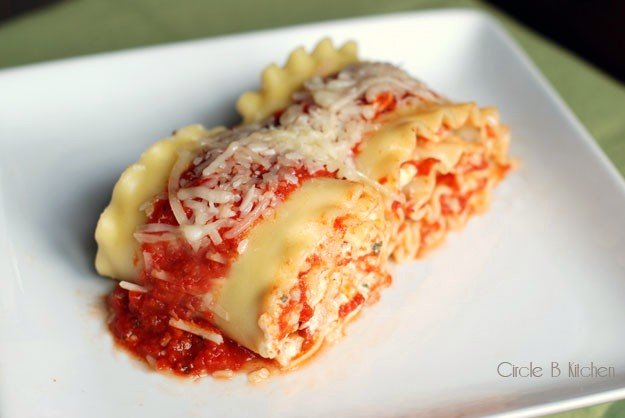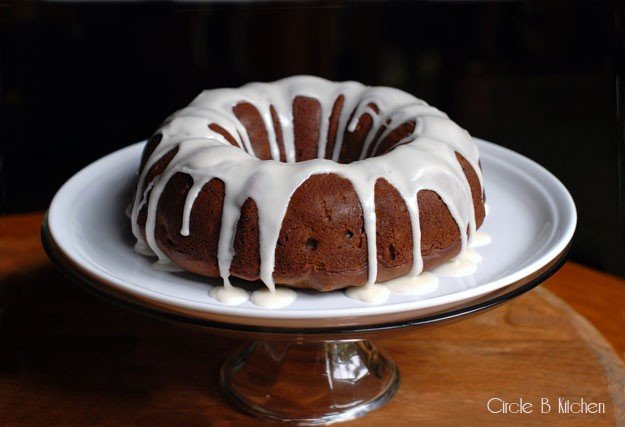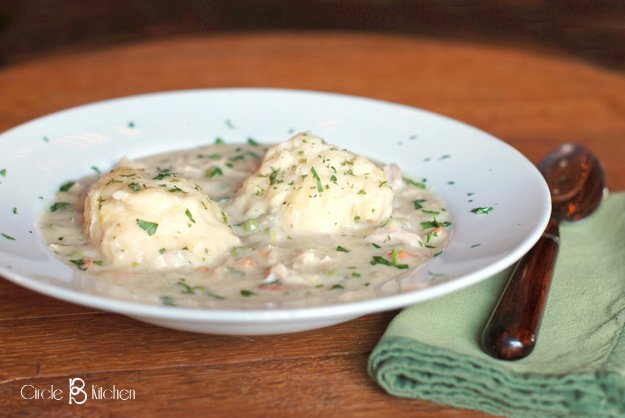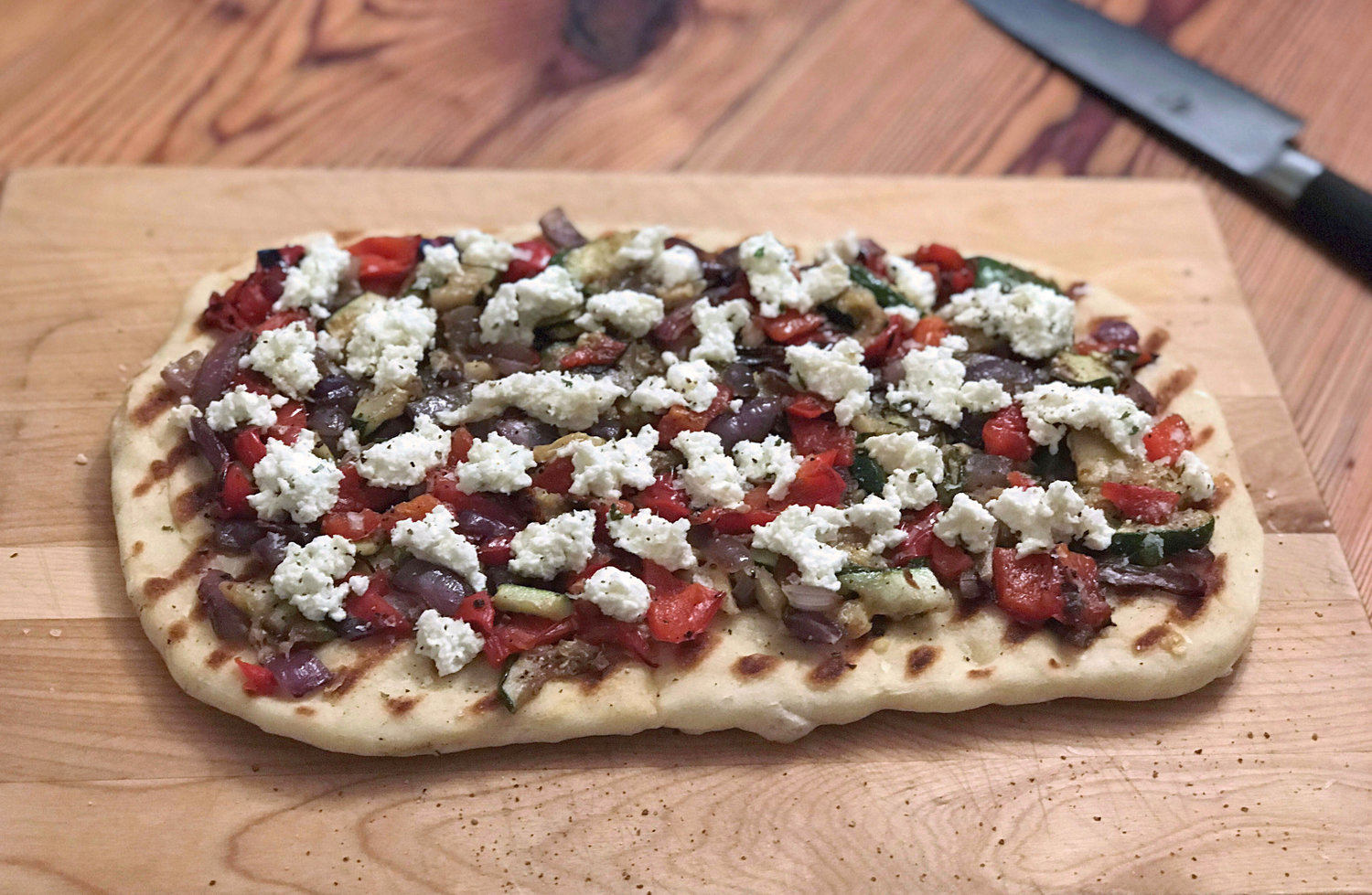Election Cake
/We need cake. We need cake and we need booze and we need whatever else it might take to get us through these next few days. The good news? This election is going to be over in a few days. The bad news? We've still got a few more contentious, mind numbing days to endure it all.
But did you know that back in the 1700's (maybe even earlier) they used to celebrate election day? It was a holiday; a community event that drew people together, and people even made cake! To be more specific, they made Election Cake (aka Hartford Election Cake)! Back in the day, these tended to be "Great Cakes", which were huge things that could serve everyone who came to vote. They were yeast cakes, studded with fruit and frosted, and some historians say they were maybe even made like rolls to make individual servings easier to deal with.
So yeah, this really is a thing. And seeing as how no one is going to be giving you a piece of cake when you exit your polling booth on Tuesday, you might want to make yourself and your loved ones an election cake and reclaim what used to be (maybe) a communally festive day, except for the odd year here and there when people were shot and killed or worse for voicing unpopular opinions or perhaps voting "incorrectly". It happened.
Historically, election days have probably been more contentious than celebratory, but it's kind've nice that someone thought to bring cake. And what an interesting cake it is. They were mostly yeast cakes, and from what I can tell, more like a sweet bread than a traditional cake. They appeared long before people were writing down recipes, and the first recorded one was in 1829 by Lydia Maria Child (no relation to Julia). You can read a bit of history on this here and here.
Towards the late 1800's, the yeast was being replaced by baking soda and baking powder and election cakes were become more like cakes as we know them. I found this recipe in my Boston Cooking School cookbook from 1910...
...in which they were still using bread dough as a base for their Election Cake, which is the direction I wanted to go, with yeast, but individual little rolls, all the while maintaining the appearance of a cake, which turned out to be a sort of monkey bread-ish cake in which individual rolls can be torn off and easily shared with others. I also opted to infuse a little booze into my cake (cuz heck yeah) and which is also very traditional, and I have to say I'm pretty pleased with how my election cake came out. It's definitely yeast-y and bread-like, but still sweet, with the feel of an old-timey dessert, but mighty nice for breakfast too. So get out and vote and then go home and eat some booze-y cake. You've earned it. Here's the recipe...
Election Cake
Click here for a printable recipe
Election cakes were being made as far back as the 1700's and often took the form of "great cakes" which were huge cakes made to feed an entire community to celebrate any event that brought everyone together. They were traditionally yeast cakes that were sort of hybrids between cake and bread, but evolved in the late 19th century to be more like cakes, using baking powder instead of yeast. My version here combines a bit of just about every recipe I've found - it's a sweetened yeast bread made in the shape of a cake and perhaps a bit more like the original election cakes of the past. Do not be alarmed at the amount of yeast. It freaked me out too, but it works.
P.S. A little tip... this is a cake (bread) best eaten warm, which makes the idea of drizzling this icing a bit dodgy (if the cake is warm the icing won't set up). I would suggest planning on eating the cake soon after it comes out of the oven, making the icing a little thicker and spreading it on rather than drizzling. The warmth of the cake will loosen it up and allow it to drizzle. Leftover cake can be reheated and eaten with a bit of butter and jam.
Recipe adapted from New England Today
1 cup currants, raisins and/or dried cherries
1/2 cup rum, whiskey or other dark alcohol
1/4 cup lukewarm water
3/4 cup whole milk, heated to lukewarm
2 packages dry yeast (4 1/2 teaspoons)
3 cups all-purpose flour, plus more for kneading and forming
6 tablespoons unsalted butter, melted and cooled
1 large egg, at room temperature
1/2 cup sugar
1 teaspoon ground or freshly grated nutmeg
1 teaspoon ground cinnamon
1 teaspoon salt
Rum Icing
3 1/2 cups powdered sugar
1 tablespoon melted butter
1 1/2 tablespoons rum
1 1/2 tablespoons milk (or as much as is needed to create a pourable consistency
Instructions
As far ahead as is humanly possible (preferably the night before), combine the dried fruit and the rum or whiskey in a jar. Seal tight and set aside.
Pour the warm water and milk into a 4- or 5-quart mixing bowl. Stir in the yeast and set aside until the yeast dissolves and begins to bubble, about 3 -5 minutes. Then beat in 1-1/2 cups of the flour, making a stiff batter. Cover the bowl with plastic wrap and set aside in a warm place for 30 minutes (no longer).
Beat in the butter, egg, sugar, spices, and salt. Then work in the remaining 1-1/2 cups flour, making a soft, rough dough. Cover the bowl with plastic wrap and set aside for 15 to 30 minutes.
Drain the dried fruit, but reserve the alcohol. Measure 1/4 cup of the soaking liquid and add it in with the dough mixture and continue kneading until it’s combined.
Knead the dough until smooth, for 5 to 10 minutes. It will be very soft and sticky. Gradually add more flour as necessary, a few tablespoons at a time, to form a smooth dough. (Do not add too much extra flour; the should be fairly moist). Knead in the dried fruit.
Roll the dough into an 8-inch log. Cut the log into 4 equal pieces, then divide each piece into 6 little rolls. To create surface tension so the rolls will puff up round, roll each into a little ball until the surface looks taut. Dredge the rolls in flour and arrange in a greased greased bundt pan layering the balls in a scattered way on top of each other. Alternatively, you can place them in a 9x13x2-inch baking pan, 4 rows across, 6 rows down. Loosely drape with plastic wrap and let rise in a warm place until generously doubled, about 2 hours. If using a 9x13 pan, the rolls should all be touching.
Set a rack in the lower-middle level of the oven. Heat the oven to 350 degrees F.
Bake the cake until all the rolls are puffed and richly browned, and just crowning the top of the bundt pan, about 25 to 30 minutes. (It will only take about 20 minutes if using a 9 x 13.
Let the cake rest in the pan for 3 minutes, then gently run a knife around the edges to loosen. Place the cake on a rack to cool. Cool completely before icing.
To make the icing, measure the powdered sugar into a bowl and then whisk in the melted butter, rum and milk. The icing should be sort of loose and pourable, but not runny. If it doesn’t drizzle well, microwave for about 6 or 7 seconds to loosen it up.
To serve, pull off the individual rolls, and if desired, make some extra icing for dipping.









